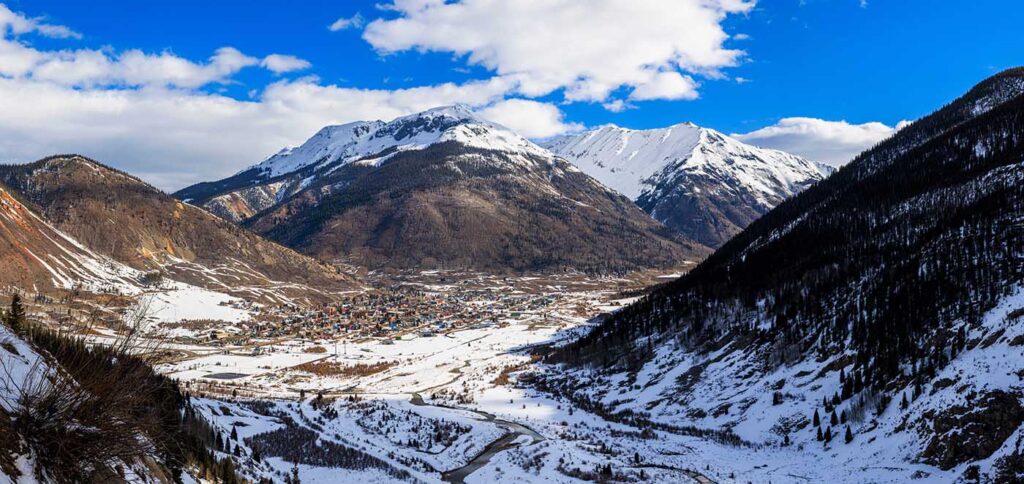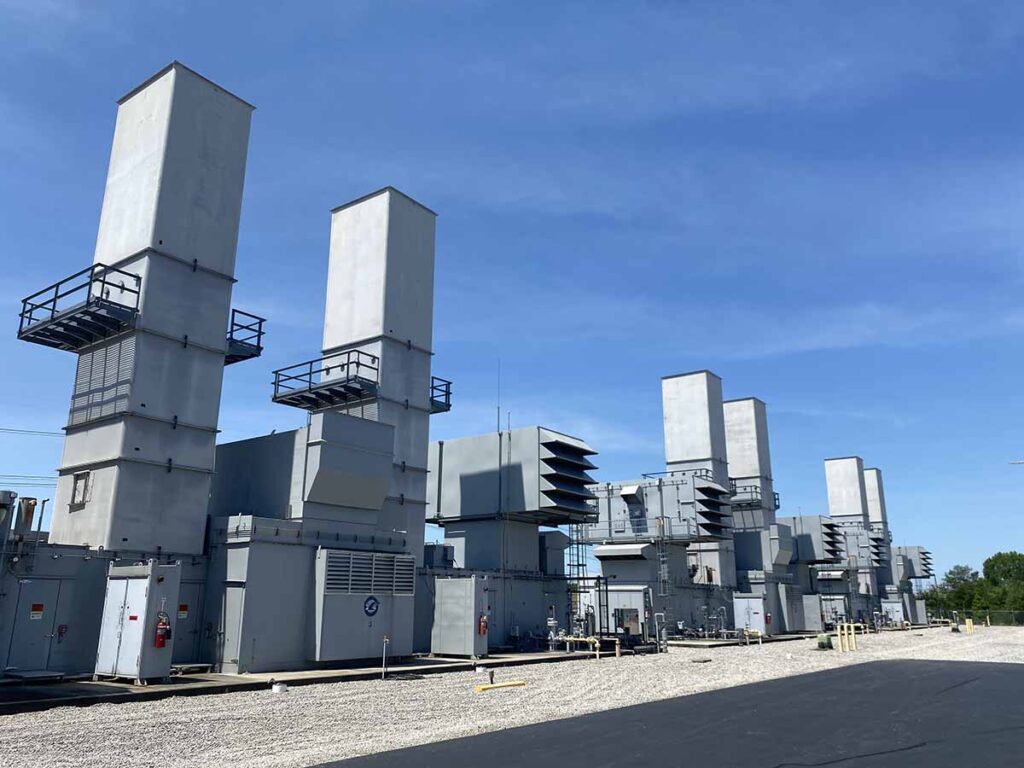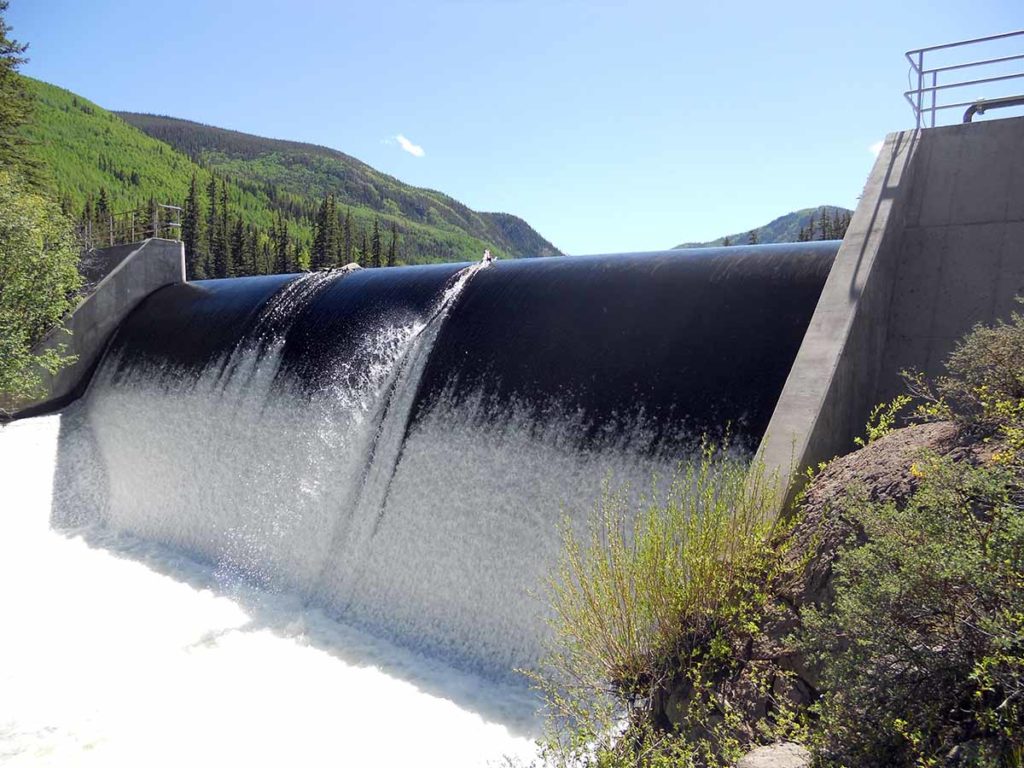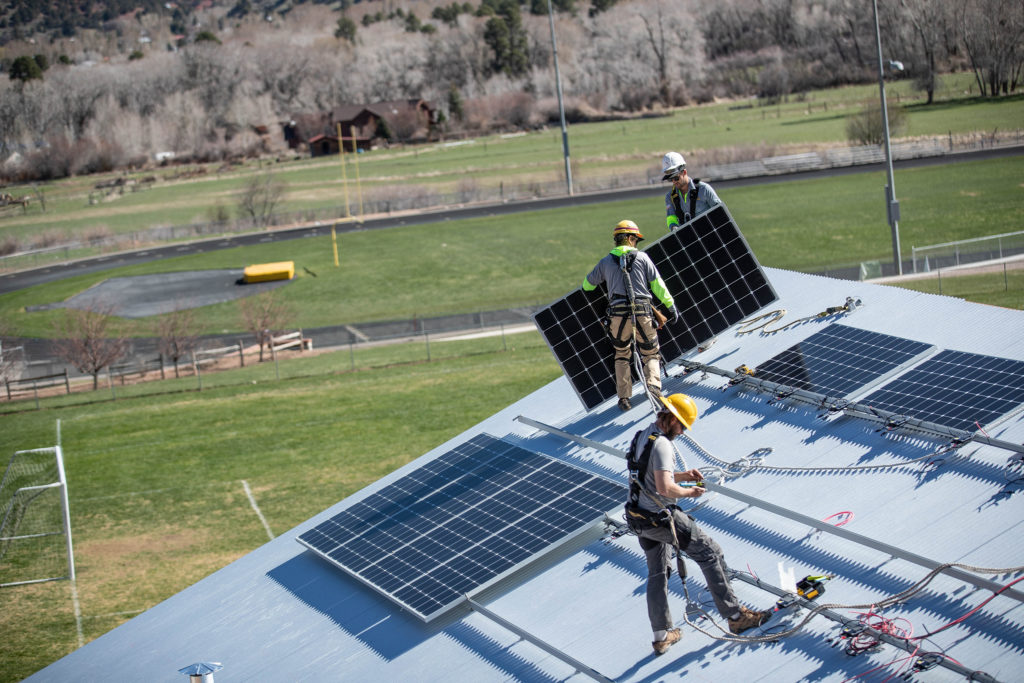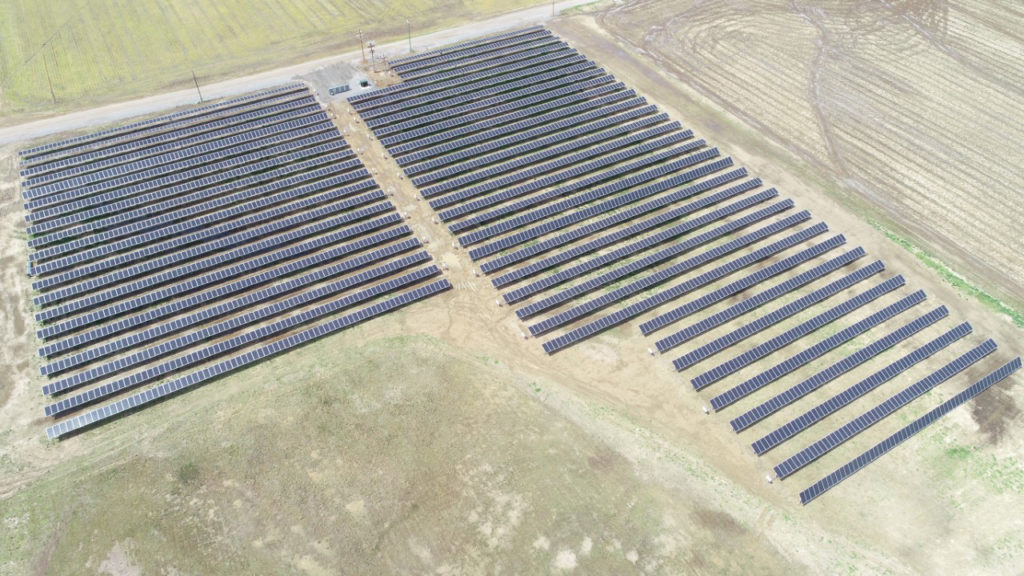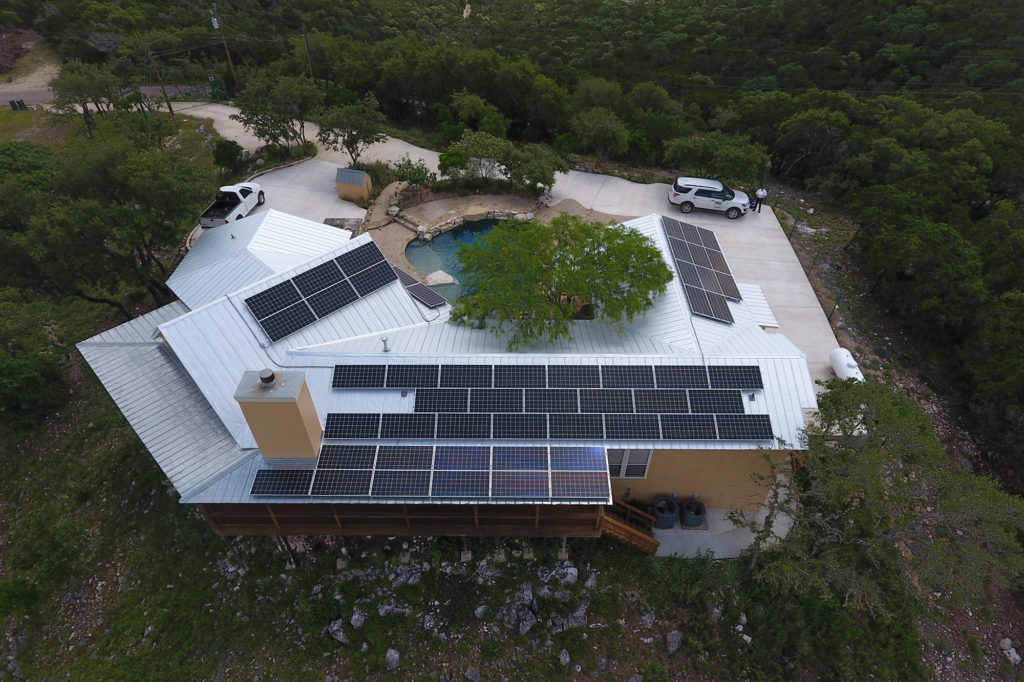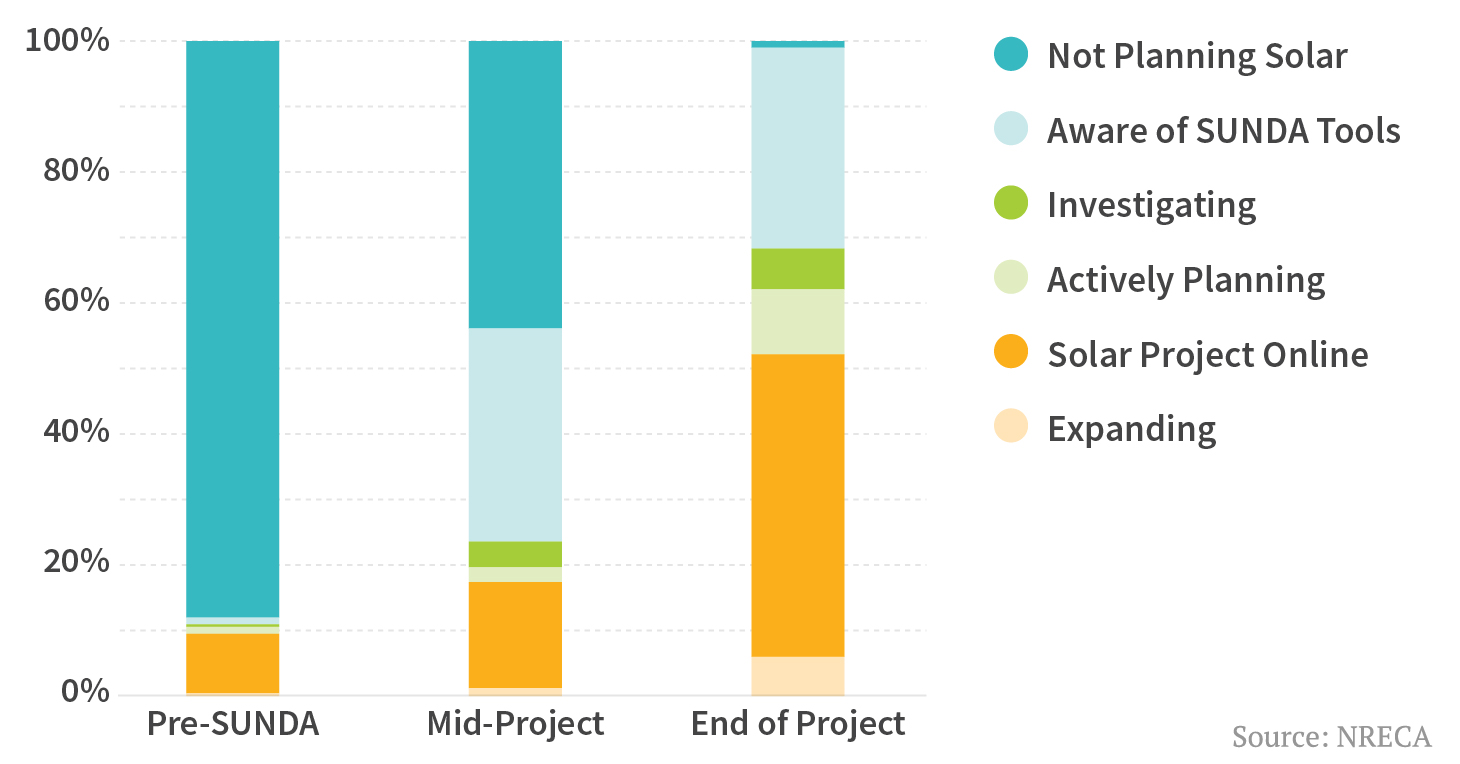
ATLANTA—Agriculture Secretary Brooke Rollins is pushing to quickly wrap up the Trump administration’s review of infrastructure project funding for co-ops, including the New ERA program, she told electric cooperative leaders at PowerXchange.
“I’m pressing to wrap up the review of the obligated New ERA, PACE, and REAP projects … as quickly as possible,” she said in her remarks during the closing general session of NRECA’s annual meeting on March 12. “I know this is very important to a lot of you and my team is working day and night with the goal of bringing you the certainty you deserve.”
Co-ops that were selected for funding from those programs are waiting to find out if they can proceed with their projects.
New ERA is a $9.7 billion voluntary energy innovation program created exclusively for co-ops. The funding will help co-ops invest in new energy resources to meet tomorrow’s energy needs.
The Powering Affordable Clean Energy (PACE) program provides partially forgivable loans for co-op energy projects in rural areas. The Rural Energy for America Program (REAP) funds renewable energy and energy efficiency programs.
Less than two months after the start of the second Trump administration, the U.S. Department of Agriculture’s Rural Utilities Service has already approved 14 “core” Rural Electrification Loans valued at more than $1.27 billion, Rollins said.
“These projects include investments in a natural gas plant, upgrades to an existing coal facility, transmission and distribution infrastructure,” she said.
Rollins also announced a new initiative aimed at boosting the economies of rural communities.
“You’re the first Americans to hear this, and I’m excited to share it with you: We’re working with our federal, state and local partners to develop a bold strategy to revive rural America,” she said. “You’ll be hearing more from us on this in the weeks to come.”
Rollins, who served as director of the Domestic Policy Council in the first Trump administration, said she will continue to support the USDA’s ReConnect program to help rural communities get connected to high-speed internet service. The program began during President Donald Trump’s first term and “has proven to be a tremendous success,” she said.
“Your rural electric cooperatives were essential to this success” by bringing broadband to consumer-members, Rollins said.
The USDA is also “actively cutting red tape and leveraging the president’s executive order on the energy emergency to expedite electrical generation and infrastructure projects of direct concern to both rural America and your cooperatives,” she said.
“We are furthermore speeding the turnaround time for environmental and historic preservation reviews, knowing full well that bureaucratic delay is not just morally unacceptable—it risks crippling American vitality if unchecked.”
NRECA CEO Jim Matheson praised Rollins’ support for speeding up the permitting process.
“We especially appreciate Secretary Rollins’ commitment to cutting bureaucratic red tape by expediting environmental permitting reviews for infrastructure projects that allow cooperatives to maintain and expand their energy systems,” he said. “We look forward to working with the secretary to achieve these goals and to our continued partnership with USDA under her leadership.”
Matheson told co-op leaders that the fact that Rollins came to PowerXchange as one of her first official acts as secretary proves just how important electric co-ops are to the nation.
Erin Kelly is a staff writer for NRECA.






























